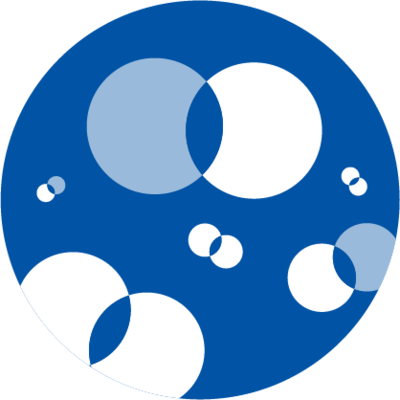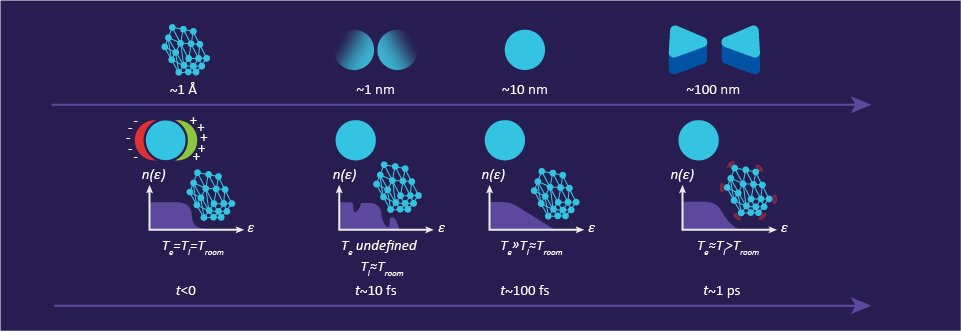

USING THE QUANTUM NATURE OF LIGHT
Chemical reactions are ubiquitous and play a critical role in everyday life. From biological processes and sustainable energy sources, to drug design, scientists across fields seek to optimize the efficiency of the underlying chemical processes. Recent research at the interface of chemistry and cavity quantum electrodynamics (QED) has surged and opened a new avenue for catalysis, using the quantum nature of light-molecule interactions to drive chemical reactions. One of the long-term goals of our group is to transform the field of catalysis by understanding and controlling chemical dynamics via quantum photonic platforms. Many key theoretical challenges remain for QED chemistry. Therefore we are working to create a new theoretical and computational method, combining concepts from theoretical chemistry, chemical physics and quantum electrodynamics. Here’s a recent paper from our group on cavity-correlated electron-nuclear dynamics, demonstrated for a CO2 molecule.
Quantum plasmonics, plasmonic hot carriers and single molecule-cavity hybrids. The field of quantum plasmonics and plasmonic hot carriers is poised to deliver new quantum devices at the boundary of molecular electronics and quantum optics. Recent developments in quantum plasmonics have shown the ability of surface plasmons to preserve many key quantum mechanical properties of the photons used to excite them, notably entanglement, interferometry and sub-Poissonian statistics. These demonstrations inspire questions in many-body physics of collective excitations and point the way to ultrafast out-of-equilibrium concepts, both directions that the group is pursuing. Beyond catalysis, we envision single molecule-optical cavity hybrids as potential building blocks to create novel platforms for implementing specific quantum algorithms and simulations. We thereby hope to integrate the field of quantum information with quantum chemistry.
